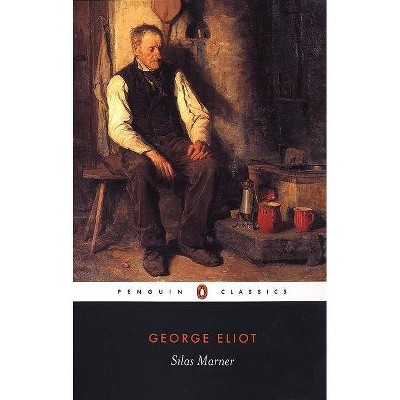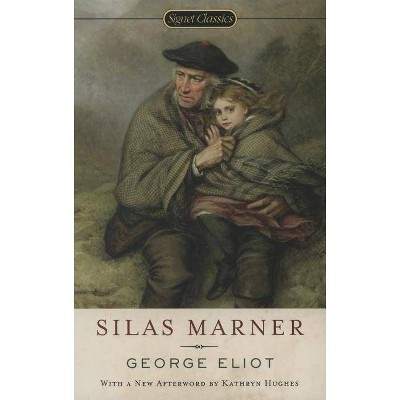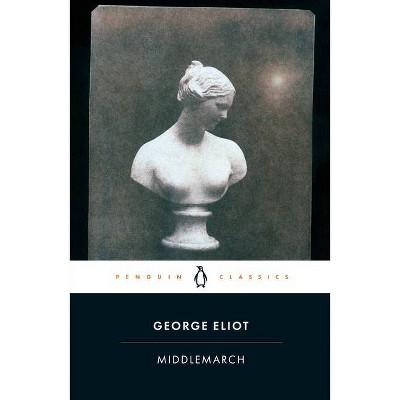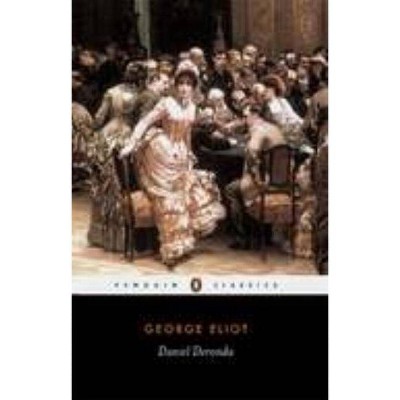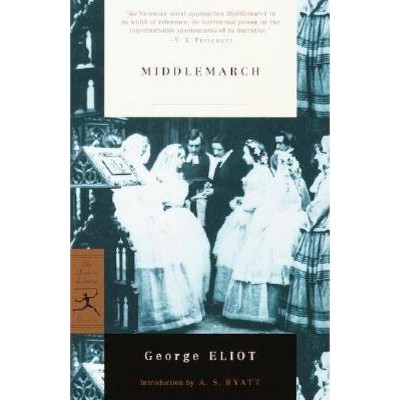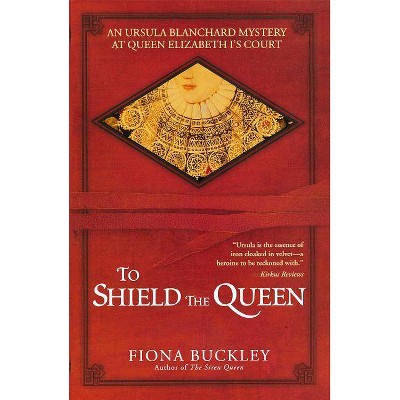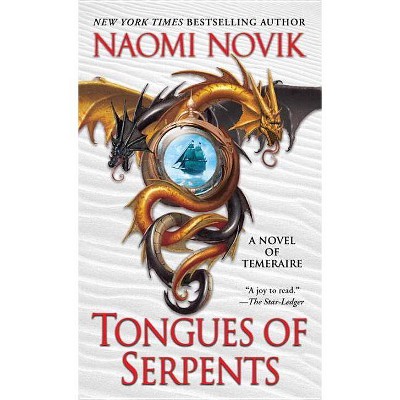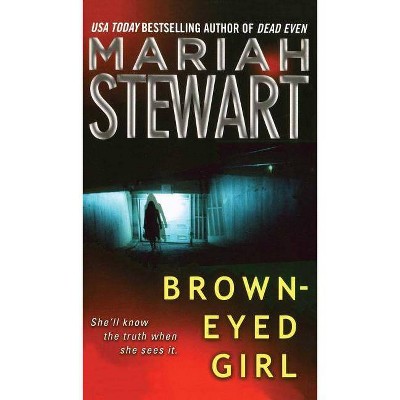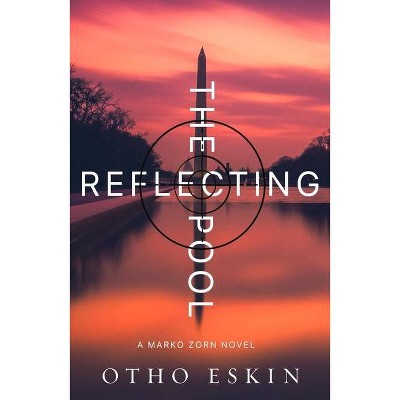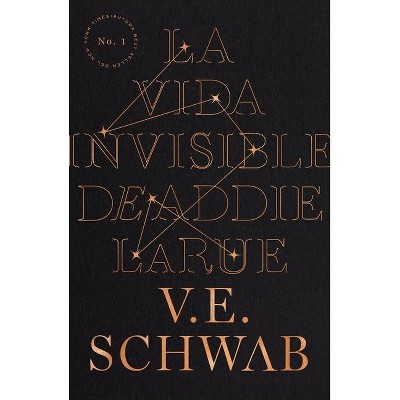Silas Marner - (Bantam Classics) by George Eliot (Paperback)
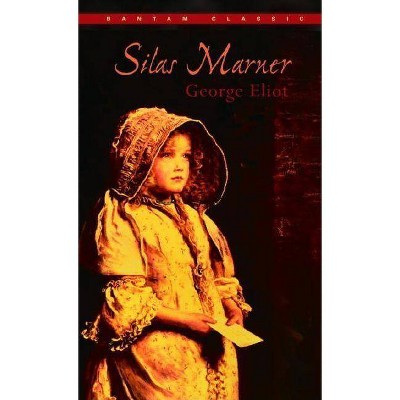
Similar Products
Products of same category from the store
AllProduct info
<p/><br></br><p><b> About the Book </b></p></br></br>Silas Marner, a weaver in early nineteenth-century England, secludes himself to guard his gold and avoid relationships. The gold is one day stolen and replaced with a golden-haired child.<p/><br></br><p><b> Book Synopsis </b></p></br></br>After suffering betrayal and rejection, Silas Marner leaves his community to settle in a strange place. There the lonely weaver becomes obsessed with accumulating money, until one day a little golden-haired orphan girl wanders into his home... Set at the beginning of the industrial revolution, Silas Marner weaves a telling social commentary into an inspiring tale of love and redemption.<p/><br></br><p><b> Review Quotes </b></p></br></br><br>"I think <b>Silas Marner</b> holds a higher place than any of the author's works. It is more nearly a masterpiece; it has more of that simple, rounded, consummate aspect. . .which marks a classical work."--Henry James<br><p/><br></br><p><b> About the Author </b></p></br></br>Mary Ann Evans was born on November 22, 1819, at Chilvers Coton, Warwickshire, England, the last child of an estate agent. During her girlhood, she went through a phase of evangelical piety, but her strong interest in philosophy and her friendship with religious freethinkers led to a break with orthodox religion. When one of these friends married in 1843, Mary Ann took over from his wife the task of translating D.F. Strauss's <i>The Life of Jesus Critically Examined</i> (1846), a work that had deep effect on English rationalism. After her father's death she settled in London and from 1851 to 1854 she served as a writer and editor of the <i>Westminster Review</i>, the organ of the Radical party. In London she met she met George Henry Lewes, a journalist and advanced thinker. Lewes was separated from his wife, who had had two sons by another man, but had been unable to obtain a divorce. In a step daring for Victorian times, Mary Ann Evans began living openly with Lewes in 1854, in a union they both considered as sacred as a legal marriage and one that lasted until his death in 1878. <p/>With Lewes's encouragement, Mary Ann Evans wrote her first fictional work, "The Sad Fortunes of the Reverend Amos Barton," for <i>Blackwood's Magazine</i> in 1857; it was followed by two more stories published under the pseudonym George Elliot-"George" because it was Lewes's name and "Eliot" because, she said, it was good mouth-filling, easily pronounced word." At the age of thirty-nine she used her memories of Warwickshire to write her first long novel, <i>Adam Bede</i> (1859), a book that established her as the foremost woman novelist in her day. Then came <i>The Mill on the Floss </i>(1860), <b>Silas Marner</b> (1861), and <i>Romola</i> (1863). Her masterpiece and one of the greatest English novels, <b>Middlemarch</b>, was published in 1871-72. Her last work was <i>Daniel Deronda</i> (1876). After Lewes's death George Eliot married John Walter Cross. He was forty; she was sixty-one. Before her death on December 22, 1880, she had been recognized by her contemporaries as the greatest living writer of English fiction.
Price History
Price Archive shows prices from various stores, lets you see history and find the cheapest. There is no actual sale on the website. For all support, inquiry and suggestion messages communication@pricearchive.us
